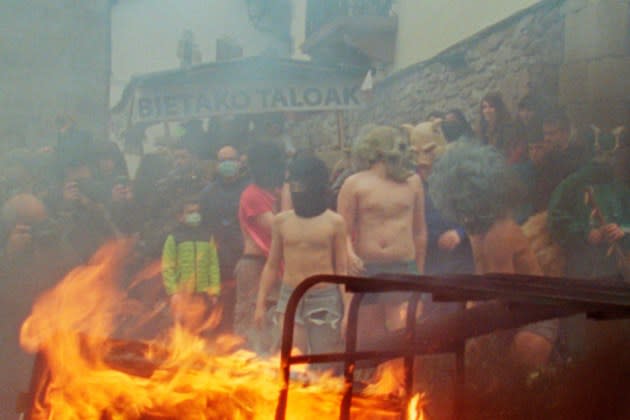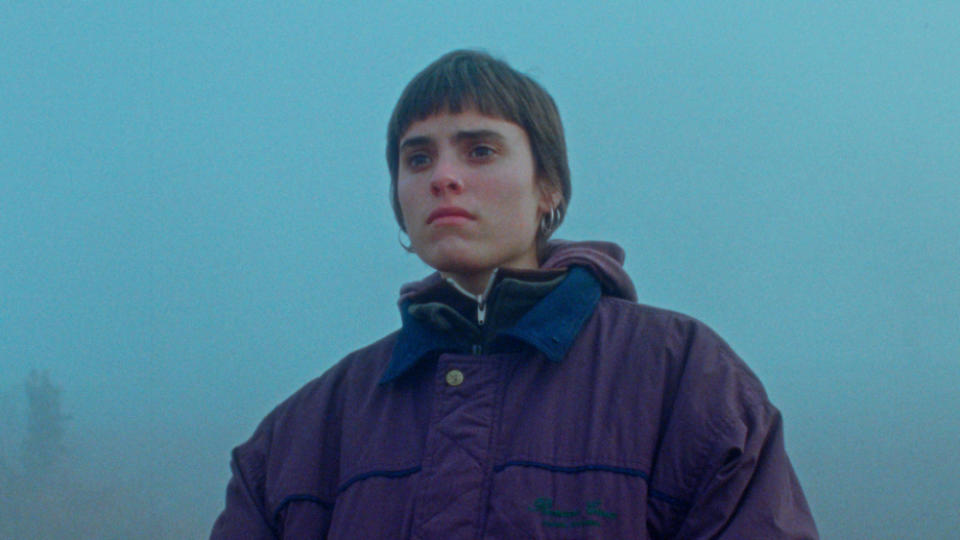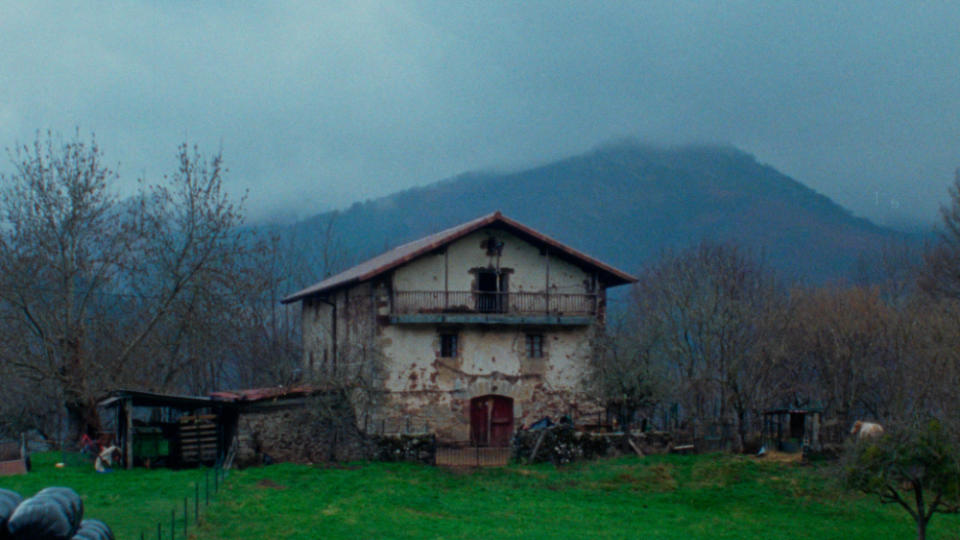Basque Conflict Escape Movie ‘Negu Hurbilak’: ‘People Expect Shootouts in Getaway Movies. It’s Not Always Like That’

With ruminating obscurity, the ambitious Negu Film Collective – which includes filmmakers Ekain Albite, Mikel Ibarguren, Nicolau Mallofré and Adrià Roca – works to explore the contradictions of a Basque conflict that weighs heavy on all that lived through it. Stakes, set in slow succession, portray reverberations of the era’s traumas.
With international sales and distribution in Spain handled by Madrid-based Begin Again Films (“21 Paraíso”), “Negu Hurbilak” marks the debut feature from the collective, whose prior Basque-shot short films “Erroitz” and “Laiotz” laid a solid foundation for its ever-expanding network of cineasts with an urge to unravel its incongruities.
More from Variety
'The Human Surge 3' Review: An Experimental Odyssey That Bends the World With a 360-Degree Camera
'Sweet Dreams' Review: A Gorgeous, Sardonic Portrait of Colonial Decline
A Catalan-Basque production between Barcelona’s Cornelius Films (“Frontera”) and San Sebastian-based Maluta Films (“Ainarak”), the project participated in the Atlantida Mallorca Talent Lab WIP Section in 2022 and is slated for its world premiere in Locarno’s Cineasti del Presente strand, that serves to discover talent.
Set in the moody border village of Zubieta, the film tells the story of a young woman, played by Goya Award winner Jone Lasipur, fleeing political persecution who meets a vast network of townspeople attempting to help her abscond. During her flight, the weight of her situation sinks in as time stands still, life seemingly going on around her while she hangs in an indefinite holding pattern.
Decidedly melancholy, the film’s hazy aesthetic, which includes mist rolling off hillsides and nearly empty shots of vast landscapes, is an ode to the natural terrain, which also coincides with the turbulent mindset of the characters and the turmoil they face. Softly-diffused scenes of the village mingle with shots of the protagonist’s exile.
“The aesthetic approach is a reflection beyond simply achieving an aesthetic landscape. It intends to show the magical places in the region and has a lot to do with the idea of the border. It’s a border that many people have had to cross to avoid the same repression that our protagonist is fleeing,” Albite told Variety.

“That border is a special place because it’s always been a place of contact but also of escape and hiding. The idea is of the border as a limbic space, an undefined space, a strange space. The landscape also acts as an emotional place of silence, repression, the secrecy that exists,” he added.
The film, not unlike the conflict at its core, lingers, a slow burn as we witness another clandestine encounter between the protagonist and a reluctant, tight-lipped shepherd. Labored scenes carry an urgency and point to the dichotomy of the era. His steadfast solitude confronts her rigid hope as sheep roam the fields outside her window, enjoying the freedom she longs to restore. Her temperament, steadily oscillating between yearning, fear and anxiety, is palpable in the deliberate way she moves to inhabit these new, unfamiliar spaces on her way toward security.
“We wanted the audiovisual image to be closely connected to the feeling we wanted to transmit. It shouldn’t rely on cinematographic tools or resources alone to create tension, a scene, or a specific emotion, but rather to transmit a feeling that transcends the more superficial emotions,” Albite relayed. “People often expect chases, fast cars, cops and shootouts in a getaway movie. It’s not always like that in real life. When people have to run away, what have they encountered most? They had to wait. We wanted to deconstruct all the language of flight, persecution and conflict in our country,” Albite opined further.
“I think the shepherd is very important also, how he carries all that defeat. I don’t think it’s possible for someone to carry that within them. That’s why it’s all so liquid, so generational. I still see people that lived through those traumas; it scares me. Some things are officially over, but the damage caused, it’s still very much alive,” added Ibarguren.
Laid wide open for interpretation, the film departs with a rebel yell rather than a whimper as the town holds Carnival festivities. The scenes fade softly from a curious and mystical forest encounter into the ebullient release as vibrant chaos mingles with the surreal.
“All those slow images with repetitive tripods, all those conversations that seem to go nowhere and, suddenly, we interrupt it. It’s this strange, visceral dimension of carnival; it’s primal. Far away from politics, far away from it all, but at the same time, it’s salvation,” mused Albite.
Acting as a certain respite, a coping mechanism, a salve, Ibarguren concluded that, “In that era, where there was such great destruction, emotionally, politically and personally, we always have this, the last cry. Even though we were left in ruins, disarmed, destroyed, and even though we may have lost, we’ll always have that.”

Best of Variety
Sign up for Variety’s Newsletter. For the latest news, follow us on Facebook, Twitter, and Instagram.

